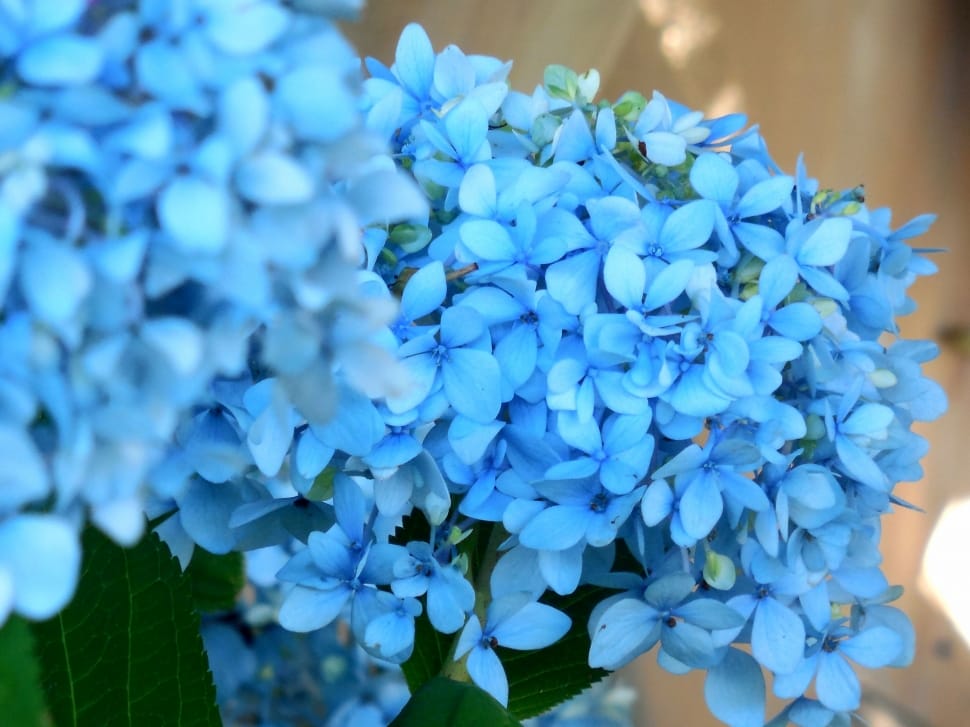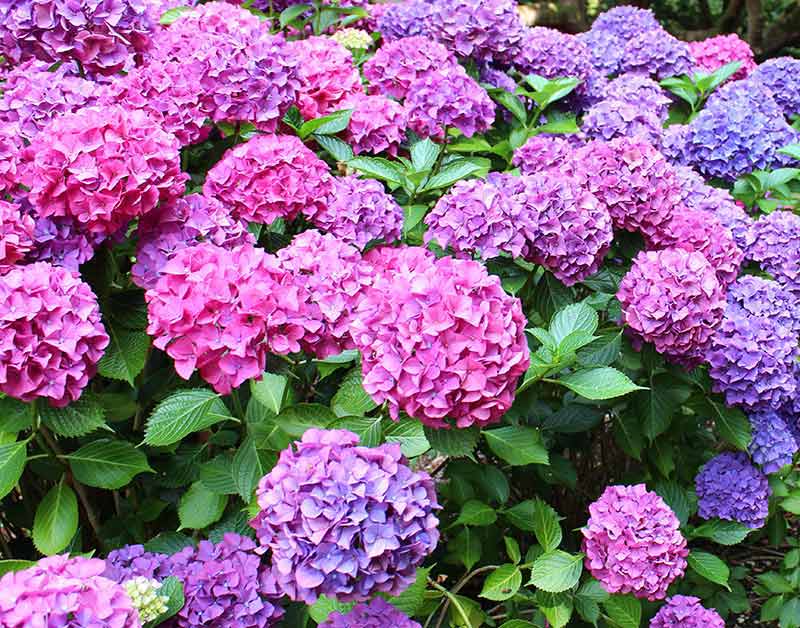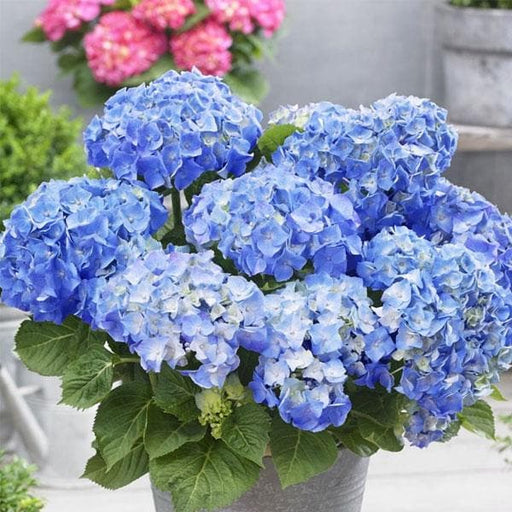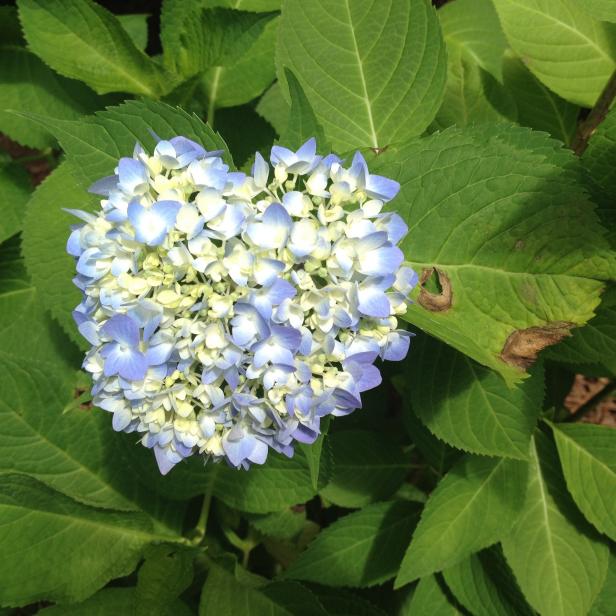How To Use Compost To Grow The Best Hydrangeas Ever
Introduction
Hydrangeas are beautiful flowering shrubs that can add a touch of elegance to any garden. They come in a variety of colors, including blue, pink, white, and purple. Hydrangeas are relatively easy to grow, but they do need some special care. One of the best things you can do for your hydrangeas is to add compost to the soil.
Compost Benefits
Compost is a great source of nutrients for plants. It helps to improve the soil structure, which makes it easier for the roots to absorb water and nutrients. Compost also helps to retain moisture in the soil, which is important for hydrangeas, which are thirsty plants.
In addition to providing nutrients, compost can also help to change the pH of the soil. This is important for hydrangeas, because the color of their flowers is affected by the pH of the soil. For example, blue hydrangeas will bloom bluer in acidic soil, while pink hydrangeas will bloom pinker in alkaline soil.
How to Add Compost to Hydrangeas
There are two main ways to add compost to hydrangeas:
- When planting: If you are planting new hydrangeas, you can add compost to the soil at the time of planting. This will give the plants a good start and help them to establish themselves quickly.
- As a mulch: You can also add compost to hydrangeas as a mulch. This will help to retain moisture in the soil and suppress weeds. To apply compost as a mulch, spread it around the base of the hydrangeas in a layer that is 2-3 inches thick.
How Much Compost to Use
The amount of compost you need to use will depend on the size of your hydrangeas and the condition of your soil. In general, you should use about 2-3 inches of compost around the base of each hydrangea. If your soil is poor, you may need to use more compost.
When to Add Compost
You can add compost to hydrangeas at any time of year, but the best time is in the spring or fall. This will give the compost time to break down and release its nutrients before the growing season starts.
Conclusion
Adding compost to hydrangeas is a great way to improve their health and appearance. Compost provides nutrients, helps to retain moisture, and can even change the pH of the soil. By adding compost to your hydrangeas, you can help them to grow big, healthy, and beautiful blooms.
Hydrangeas are beautiful flowers that can thrive in a variety of conditions. However, they do best when they are planted in soil that is rich in organic matter. One of the best ways to improve the quality of your hydrangea's soil is to add compost. Compost is a natural fertilizer that can help to improve drainage, aeration, and nutrient availability in the soil.
There are many different types of compost available, but some of the best options for hydrangeas include:
- Ericaceous compost: This type of compost is specifically designed for plants that prefer acidic soil, such as hydrangeas.
- Leaf mold: This type of compost is made from decomposed leaves and is a good source of nitrogen and other nutrients.
- Manure: Manure is a high-nitrogen fertilizer that can help to promote lush growth in hydrangeas.
To use compost for hydrangeas, simply spread it around the base of the plant and lightly incorporate it into the soil. You can also add compost to the soil when you are planting your hydrangeas.
For more information about compost for hydrangeas, [visit Garden Wiki].
FAQ of compost for hydrangeas
What type of compost is best for hydrangeas?
Hydrangeas prefer acidic soil, so ericaceous compost is the best option. This type of compost is made from materials that are naturally acidic, such as pine needles, bark, and coffee grounds. If you can't find ericaceous compost, you can also use a peat-free multipurpose compost and add some acidic amendments, such as sulfur or aluminum sulfate.
How do I use compost to improve the color of my hydrangeas?
The color of hydrangea flowers is affected by the pH of the soil. In alkaline soil, hydrangeas will bloom pink, while in acidic soil, they will bloom blue. If you want to change the color of your hydrangeas, you can adjust the pH of the soil by adding compost. For blue hydrangeas, use ericaceous compost or add acidic amendments to your existing compost. For pink hydrangeas, use a lime-free multipurpose compost.
How often should I fertilize my hydrangeas with compost?
You can fertilize your hydrangeas with compost once a year in the spring. Spread a 2- to 3-inch layer of compost around the base of the plant and water it in well. You can also add compost to the soil when you are planting your hydrangeas.
Can I make my own compost for hydrangeas?
Yes, you can make your own compost for hydrangeas. Simply gather a variety of organic materials, such as vegetable scraps, grass clippings, and leaves, and place them in a compost bin. The materials will decompose over time, creating nutrient-rich compost that is perfect for hydrangeas.
Image of compost for hydrangeas
- A pile of dark brown compost with some twigs and leaves mixed in.

- A close-up of a handful of compost, showing the different ingredients.
- A hydrangea plant in a pot, with some compost sprinkled around the base.

- A hydrangea plant in the ground, with a layer of compost spread over the soil.

- A hydrangea blossom, showing the blue color that is often associated with ericaceous compost.

- A bag of ericaceous compost, specifically for hydrangeas.

- A bucket of homemade compost, made from kitchen scraps and yard waste.

- A stack of wood chips, which can be used to make compost or to mulch around hydrangeas.

- A pile of leaves, which can be composted or used as mulch around hydrangeas.

- A handful of worm castings, which are a very nutrient-rich form of compost.

Post a Comment for "How To Use Compost To Grow The Best Hydrangeas Ever"